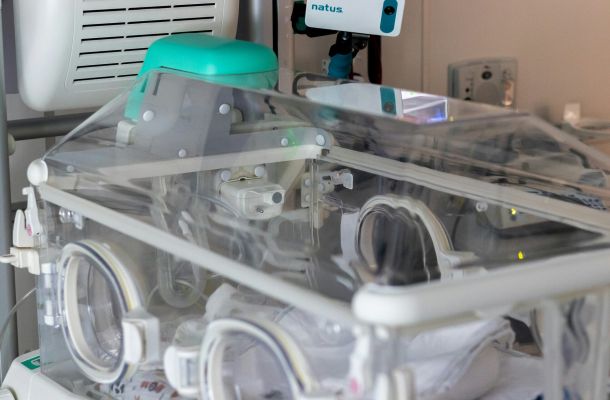
News
Our Primary Cesarean Program is Planning a Re-launch in 2024
While cesarean deliveries can be lifesaving, there is no evidence that the high instance of cesareans in the United States (1 in 3 births) reduces infant or maternal morbidity and mortality. On the contrary, evidence shows cesarean sections are overused, putting some birthing people and infants at needless risk. Unnecessary cesareans increase maternal mortality and morbidity rates. According to the Colorado Maternal Mortality Review Committee, cesarean sections contributed to 20% of pregnancy-related deaths from 2017-2020.
Though Colorado’s overall cesarean delivery rate (27.2%) is below the national average (32.1%), rates vary greatly among providers and facilities from 7% to 45%. Where a person chooses to give birth impacts their likelihood of having a Cesarean birth. The hospital itself is considered an independent risk factor for a cesarean birth.
Equally alarming, these Cesarean births are not distributed equally among populations. Racial disparities present a grim picture, with the CDC reporting that Black birthing people are more likely to undergo a Cesarean and significantly more likely to die from pregnancy-related causes compared to their White counterparts.
Cesarean births have numerous implications for patient care and healthcare management. Cesarean birth increases hospital stays and rates of hospital readmission for both the birthing person and the newborn. Preventing unnecessary cesarean births positions Colorado hospitals to benefit from state and national incentive programs such as HQIP and the CMS Birthing Friendly Hospital designation, and maintain Joint Comission accreditation.
CPCQC leads hospitals in implementing the Safe Reduction of Primary Cesarean Birth AIM Patient Safety Bundle. To do this, CPCQC facilitates a free collaborative learning environment for participating hospitals to foster partnerships and accelerate quality improvement. Research shows that educational experiences that are active, social, contextual, engaging, and learner-owned are more likely to result in long-term change. Learning collaboratives:
- Create opportunities to build and exchange knowledge on measure testing, implementation, and data collection.
- Disseminate information gained from the implementation of quality improvement.
- Provide a forum to share successes and challenges to build capacity and sustainability for improved patient care and outcomes.

Track 1: Learning Collaborative
Hospitals that have not achieved and maintained an average NTSV Cesarean rate at or below the Healthy People 2030 goal of 23.6% are enrolled in the Learning Collaborative. This Collaborative offers:
- quarterly 1:1 quality improvement coaching,
- monthly data collection and feedback, and
- an opportunity to learn from peer hospitals during monthly collaborative learning sessions.
Track 2: Sustainability Cohort
Hospitals that have achieved and maintained an average NTSV Cesarean rate at or below the Healthy People 2030 goal of 23.6% are enrolled in the Sustainability Cohort. This Pilot offers:
- twice-a-year 1:1 quality improvement coaching
- quarterly data feedback, and
- an opportunity to learn from peer hospitals during quarterly collaborative learning sessions.
Enroll by January 15, 2024 to benefit from this free learning collaborative, and join our in-person SOAR Forum on February 9.
Keep Reading



